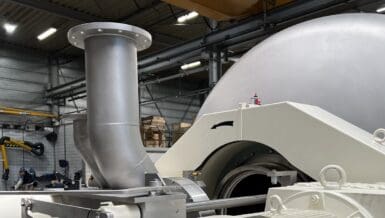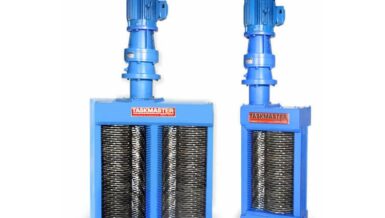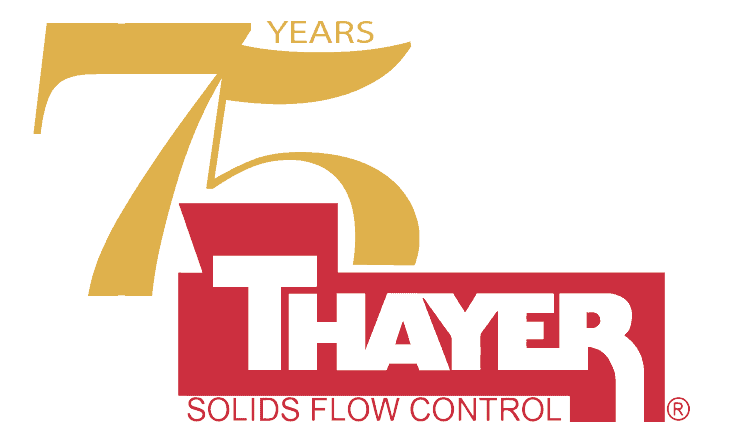In such cases, it is possible to reduce particle-particle friction and change the powder’s bulk resistance to movement by the addition of a lubricant powder. Magnesium Stearate is used extensively as a lubricant in the manufacture of pharmaceutical oral solid dosage forms. It is commonly added to formulations in low concentrations (typically < 1% w/w) immediately prior to tableting.
Over a range of processes, however, the relationship between flow additive and the substrate is less well-understood. Due to the differing demands placed on powders by different processes, the relative influence of a given additive on a given substrate may not be consistent under all circumstances.
Freeman Technology’s study details experimental research on a range of typical excipients to demonstrate how powder rheology can be used to quantify the impact of flow additives. A particular focus is on how to optimize processability and cost-efficiency by identifying a suitable grade of lubricant and incorporating it at an appropriate concentration.














































